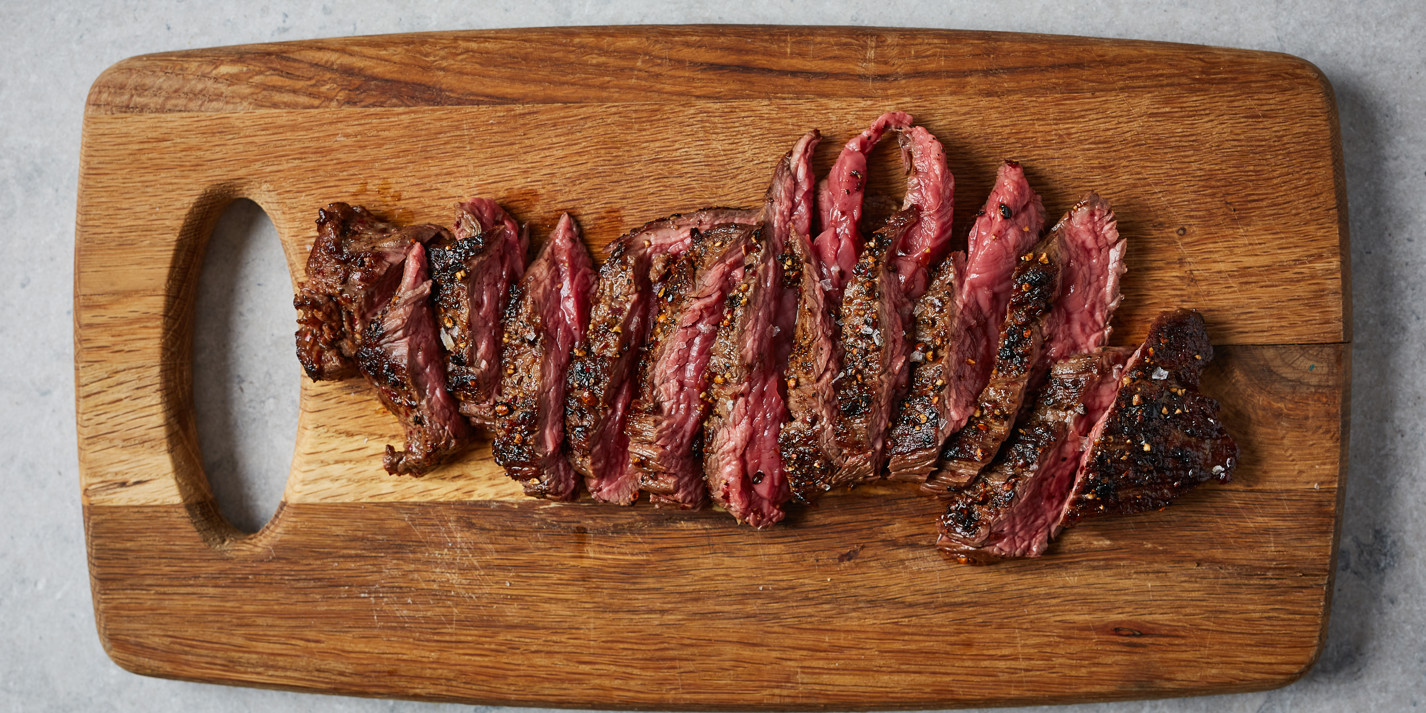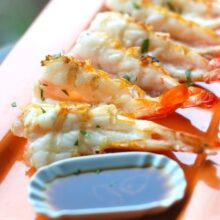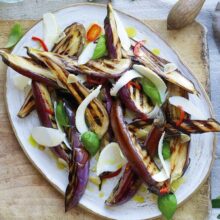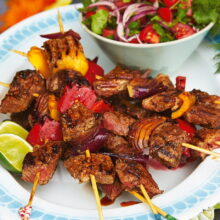Steak Cooking Methods

Steaks come in many different shapes and sizes, with varying amounts of fat. These factors can affect the cooking time.
For best results, choose steaks with good marbling, which is a series of streaks of white fat running through the meat. This will keep them juicy as they cook.
Grilling
Steak is one of the most popular barbecue dishes because it delivers an appetizing browned exterior and tender meat inside. The tricky part of grilling steak is getting the meat to an ideal medium-rare temperature.
Standby method: Typically, 3-5 minutes per side on a hot grill or pan will ensure the desired doneness of your steak. However, this can vary depending on the type and thickness of your cut.
Direct grilling: Cook over high heat, flipping occasionally until the meat reaches an internal temperature of 135 degrees Fahrenheit for medium-rare. Don’t cut into the meat until it reaches this temperature to ensure that all juices are sealed in.
After cooking, let the steak rest for at least 10 minutes to allow all the juices to redistribute and make the steak juicy and flavorful. It also helps to cut against the grain of the meat, which shortens muscle fibers for a more tender bite.
Broiling
Broiling is a fast, convenient cooking method that can yield tender steaks. It’s also less likely to dry out the meat than pan-frying.
In addition, broiling steaks promotes exceptional charring on the surface of the meat. This helps create a crust and gives the steak an appealing texture.
Unlike grilling, broiling does not produce a lot of smoke or grease spatter. This makes it easier to clean up and keeps the food safe for your family.
Positioning the pan correctly is important for avoiding excess fat splattering. Pieces of meat that are an inch or less thick should be set about two or three inches from the broiler, with thicker cuts positioned farther away.
When broiling, use a digital thermometer to check the steak’s internal temperature. Medium rare should be 145 degrees and well done is 160 degrees or higher.
Pan-searing
Pan-searing is a classic cooking technique that delivers restaurant results at home. It produces a crisp, flavorful crust on steaks, salmon and other foods and is also one of the easiest cooking methods.
A good sear requires just a few minutes for the surface of the food to develop a deep golden brown color. Then the meat can be flipped without sticking to the pan.
The best pans for searing are cast-iron or stainless steel since they can withstand high heat. Once the pan is very hot, add a thin layer of oil and let it shimmer for several minutes.
Next, place the steaks in the pan and sear them on one side for a few minutes until they come away from the pan easily. Flip and cook for a few more minutes on the other side to get a nice crust.
When done, transfer the steaks to a plate and rest for at least 10 minutes before slicing. You can deglaze the pan with beef stock, red wine or a quick pan sauce for extra flavor.
Reverse-searing
When cooking steak, you want to cook it to the perfect temperature. If you overcook it, the meat will be dry and hard to eat.
Especially when cooking large cuts like filet mignon or ribeyes, it can be difficult to get them cooked perfectly. Broiled or pan-seared methods don’t work well with these steaks, because the thick cuts will overcook on the outside long before they reach the desired internal temperature.
Reverse searing solves these problems by letting the heat transfer evenly from the bottom of the steak to the top. This method also eliminates the formation of grey bands, which are thin, gray-colored layers that result when steak is overcooked on the surface and undercooked in the center.
Reverse searing also ensures that your steak is seasoned perfectly from start to finish. This isn’t an easy task, as most seasonings can be a little uneven across the steak.


